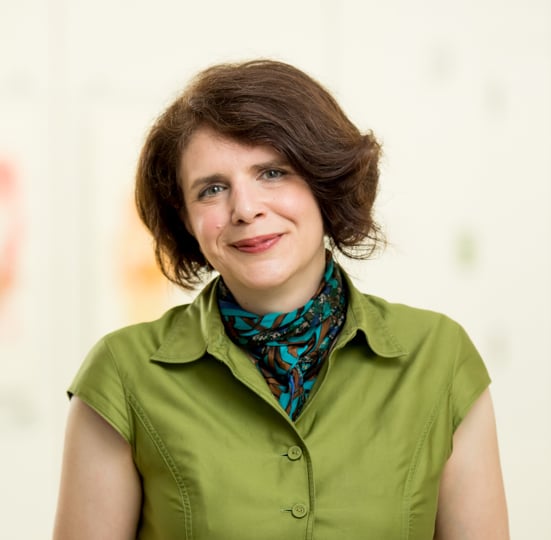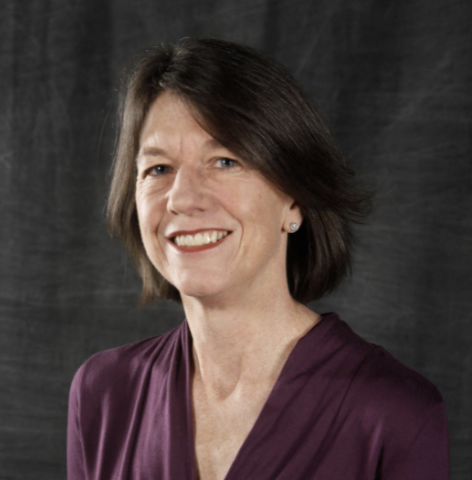Mary Wright is Associate Provost for Teaching And Learning and Executive Director of the Sheridan Center at Brown University. Catherine Zabriskie is Senior Director Of Digital Learning & Design at the Sheridan Center. Mary and Catherine graciously agreed to team up to answer my questions about their Center, their roles, and their thoughts on the upcoming academic year.
Question 1: In August of 2020, Brown announced the creation of an Integrated Center for Teaching and Learning. What is meant by an “integrated” CTL at Brown, and why did the University make this change? Any lessons you can each share for other schools contemplating the creation of an integrated CTL?
share for other schools contemplating the creation of an integrated CTL?
Mary: Educational development, the field in which most Centers for Teaching and Learning (CTLs) are situated, is often defined as the “profession dedicated to helping colleges and universities function effectively as teaching and learning communities.” To do this systemic work well, many colleges and universities are realizing that it takes cross-functional teams, especially if the CTL’s work moves beyond 1:1 instructor support to course, department, or university-level initiatives. Most frequently, CTL integrations appear to be happening with assessment, instructional technology, and online learning units, but other “hub” models include support for faculty as both scholars and teachers, or discipline-specific and cross-disciplinary support.
At Brown, the Sheridan Center was founded in 1987 as a place for graduate students to develop their teaching skills. Soon, faculty development was added to its portfolio. In 2016, the Sheridan Center integrated assessment, educational development, writing, and tutoring. The 2020 move added digital learning and design. Because Brown houses an open curriculum, where students are said to be the “architects of their own education,” all of our areas also involve undergraduates in some way as instructors, researchers, and co-creators of courses and curricula.
In regards to the most recent integration, while Sheridan and Digital Learning & Design collaborated closely, the pandemic underscored the value of close coordination that is enabled only by co-location. A clear advantage for instructors is that an integrated CTL can do exactly what its name suggests: “center” resources in one location, compared to having people forage for support across campus. There are also advantages for us: we get a fuller picture of teaching and learning because we work with all members of Brown’s teaching and learning communities. And, finally, there are clear advantages for the university because all of these perspectives enable us to better collaborate to support institutional goals.
However, others contemplating such integrations need to be mindful that they are not easy and involve a careful walk through professional cultures and habits of work, as well a lot of work to merge budgets, policies, and so forth. Probably the smartest things that we did were, first, to create a small cross-area group to advise on community building. Second, using educational development competency frameworks as a foundation, we created an integrated “pathways” document that aligned the positions across our units and made clearer the career avenues available to staff.
Question 2: With Digital Learning & Design (DLD) becoming a hub of the expanded Sheridan Center, both of your roles also changed and expanded. Can you describe how your titles and responsibilities have shifted, and talk some about the new challenges and goals for each of you?
 Catherine: I moved from a senior leadership role in the central IT department with responsibilities associated with both the academic technology area and being a member of the leadership team of a large complex organization. As Senior Director, Digital Learning and Design, in the Sheridan Center I am now afforded the opportunity to focus on teaching and learning.
Catherine: I moved from a senior leadership role in the central IT department with responsibilities associated with both the academic technology area and being a member of the leadership team of a large complex organization. As Senior Director, Digital Learning and Design, in the Sheridan Center I am now afforded the opportunity to focus on teaching and learning.
One of the challenges I face is helping my team members move from one culture to another. My goal is to maintain aspects of the IT culture, such as a focus on customer support, as we embrace aspects of the CTL culture, such as grounding decisions on research.
Additionally, Digital Learning & Design (DLD) brings a range of professional roles to the Sheridan Center. The work that Mary referenced on the integrated “pathways” document allows DLD team members to see how they fit within the larger center. I will continue to work with Mary to integrate our teams, support individual professional growth, and align our work in support of University Priorities.
Mary: In August 2020, I added the title of Associate Provost for Teaching and Learning, and I now report to the Provost. In addition to directing a larger CTL, I believe that this title signals the importance of the teaching and learning enterprise for the university.
Question 3: Let’s talk about Fall 2021. What are each of your expectations for the “new normal” in teaching and learning for the next academic year, and the years to come?
Mary: Elsewhere, I (Mary) have talked about the “new normal” representing two dimensions that seem significant to me. First, one definition of “normal” — one that is not used as frequently today — is a description of a place that prepares teachers, like a “normal college.” This understanding of normal is critical because one lesson reinforced during the pandemic is that the professional learning of instructors is central to helping our colleges and universities function effectively. CTLs are not the only units who are engaged in professional learning of faculty, graduate students, and undergraduate instructors, but they certainly play a key role on many campuses.
Second, I am also a Professor of Practice in sociology, and so when I think about the idea of “norms,” I also think about expectations or patterns in behavior. At Brown, we certainly saw that instructors realized new patterns of behavior in their teaching, such as fundamentally rethinking the goals and activities of their courses, and our role is to help sustain that positive change. As a unit, we have also made important changes, such as partnering far more closely with faculty on these efforts, and these changes should not be lost as well.
Catherine: For those of us who have been working for years with instructors to create engaging learning experiences and foster innovative teaching it is exciting to consider the possibilities a “new normal” might offer. The required use of digital tools by all instructors to move to emergency remote courses might indicate that all instructors are now comfortable with a foundation of digital learning, and that they will embrace instructional approaches in support of evolving university-level initiatives, such as fully asynchronous online learning. However, we will need to temper our expectations; it will take time and patience for many of our instructors to move from an approach that was necessary for emergency remote course delivery to effective online pedagogy.
The “new normal” is one that in some ways is not new. Digital Learning & Design has a shared belief that every member of our community is a learner, and we approach our work with an attitude of “meeting instructors where they are.” This will be more important than ever as we transition to a more traditional fall semester. We need to continue to respect individual pedagogical approaches to promote faculty commitment. We need to balance providing support for innovation with meeting current needs. Infrastructure changes such as classroom technology upgrades to accommodate remote learning for fall courses need to be versatile for future use.
Conversations across campus beyond the Sheridan center now frequently include the topics of hybrid and online instructional approaches, digital education and professional learning of instructors. I expect the “new normal” to include the continuation of these conversations.
Stay connected with us on social media platform for instant update click here to join our Twitter, & Facebook
We are now on Telegram. Click here to join our channel (@TechiUpdate) and stay updated with the latest Technology headlines.
For all the latest Education News Click Here
For the latest news and updates, follow us on Google News.
